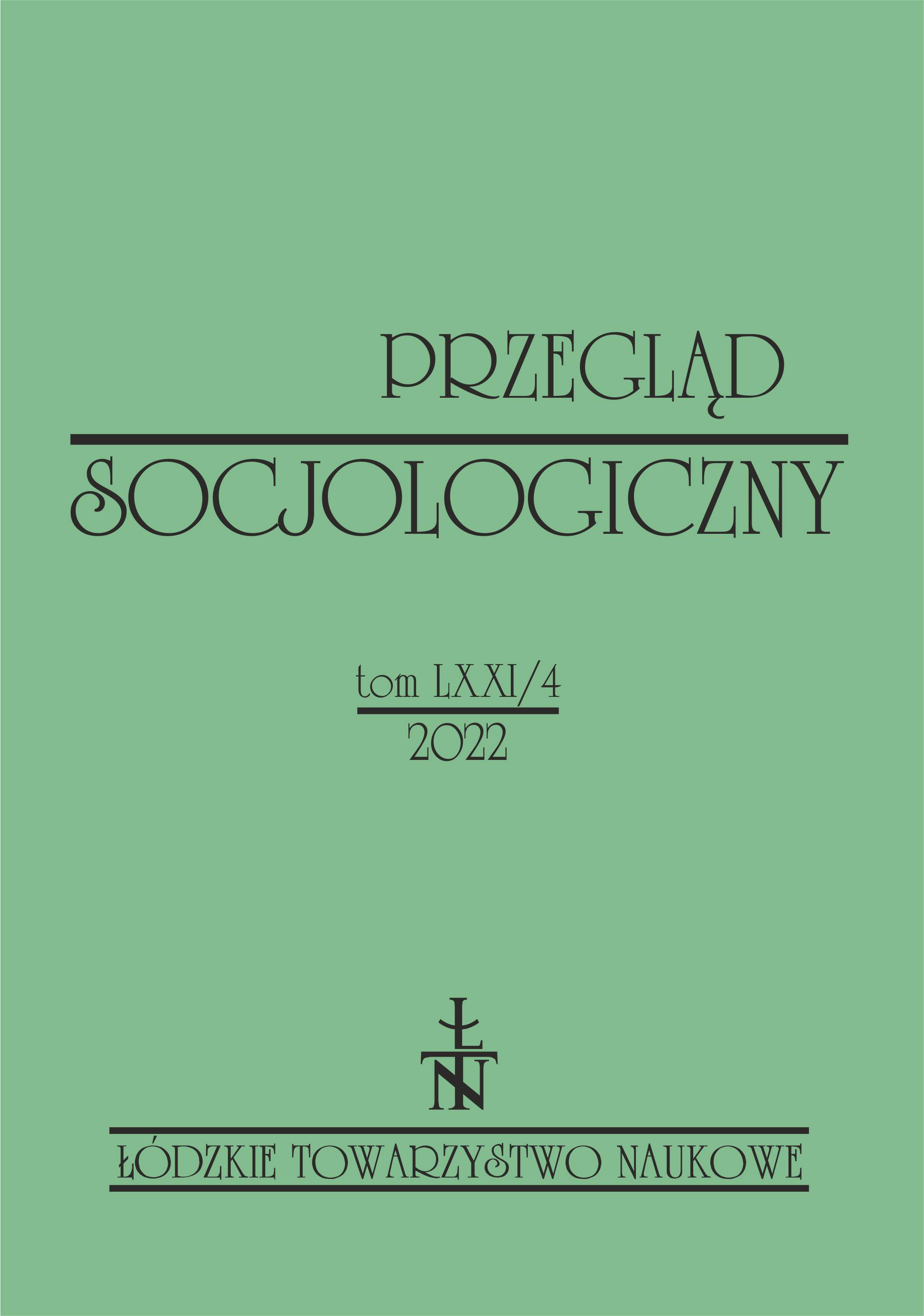The theory-method-link in Erving Goffman’s sociology of the interaction order
The theory-method-link in Erving Goffman’s sociology of the interaction order
Author(s): Jürgen RaabSubject(s): Sociology, Ethnohistory, Social history
Published by: Łódzkie Towarzystwo Naukowe
Keywords: George Herbert Mead; Charles Horton Cooley; fieldwork; ethnography; participant observation; conceptual constructivism; mediated communication; digital media;
Summary/Abstract: Social crises draw attention to the fragility and temporary nature of everyday life. This not only triggers irritations, uncertainties and fears among the actors but also brings to light the rules of social order that have hitherto quietly and dutifully performed their services behind their backs. In particular, the restrictions on physical co-presence during the Corona pandemic have sparked renewed interest in the relevance and currency of the interactional order observed and described by Erving Goffman. What happens to the rituals of the interaction order when social encounters are less and less restricted to physical co-presence? And what are the implications of these changes for the self in the age of digital presence? Drawing on George Herbert Mead and Charles Horton Cooley on the one hand and ethnographic fieldwork and participant observation on the other, a theoretical and methodological cornerstone of Goffmanian sociology is presented and discussed. It is argued that the indissoluble links between specific theoretical assumptions and a particular conception and practice of empirical research are crucial for the continuing relevance of Goffman’s interaction order, not least for the study of social action in digital media.
Journal: Przegląd Socjologiczny
- Issue Year: 71/2022
- Issue No: 4
- Page Range: 63-86
- Page Count: 24
- Language: English

